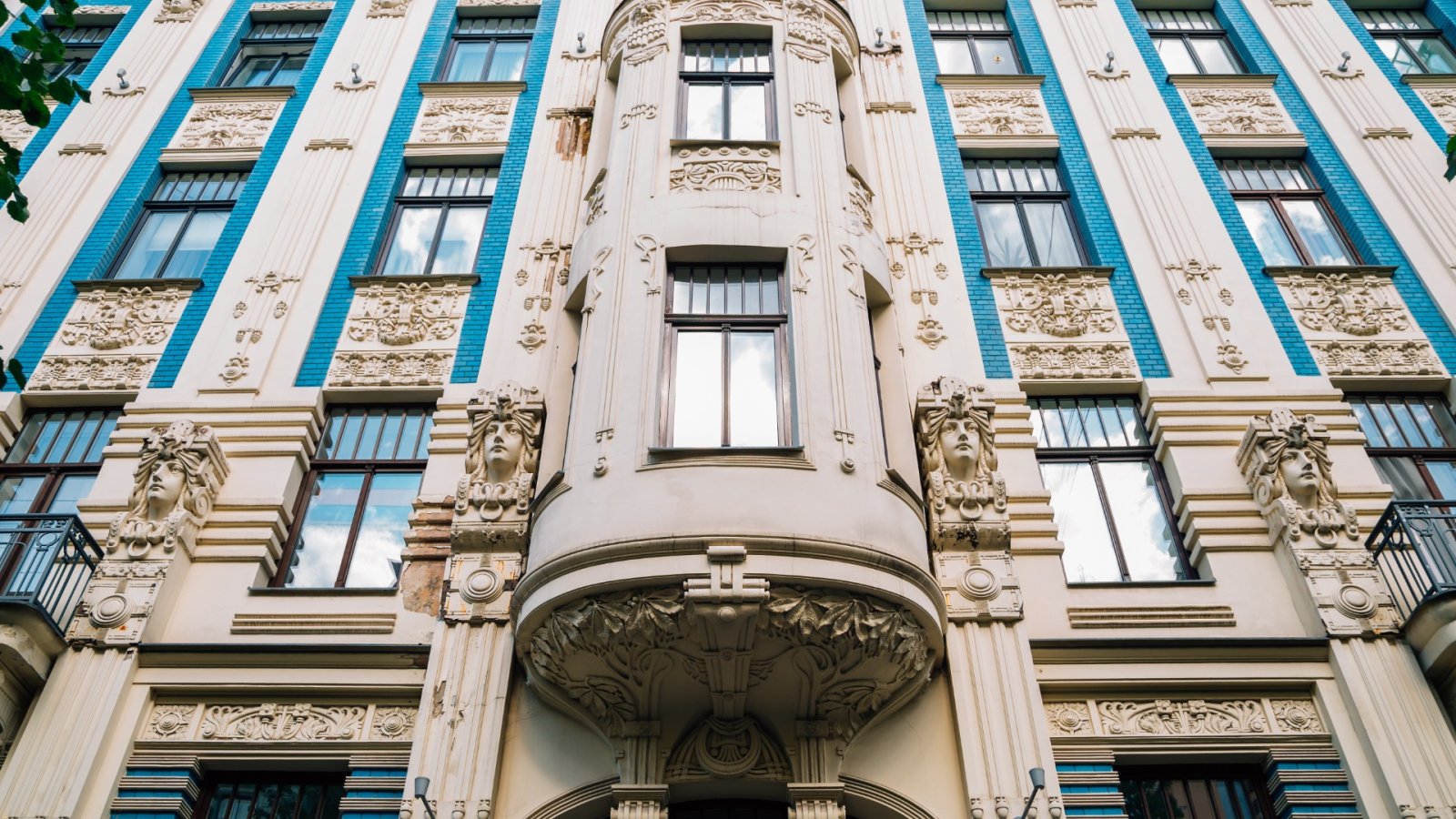A szecesszió egy átfogó dekoratív művészeti stílusként írható le, amely a 19. század végén és a 20. század elején virágzott Európában és az Egyesült Államokban. De mik a legfontosabb ötletei és koncepciói? Ha többet szeretne megtudni, olvasson tovább.
A különféle művészeti ágakat, köztük az építészetet, a képzőművészetet és a dekoratív művészetet felölelő „szecesszió” jelentése „új művészet”, és 1884-ben Belgiumból származik. A mozgalmat azonban különböző országok más-más néven ismerték: Jugendstil Németországban, bécsi szecesszió Ausztria, Glasgow Style Skóciában, Arte Nuova vagy Stile Liberty Olaszországban és Belle Époque Franciaországban. Ennek ellenére a szecesszió lényegében a különböző művészeti formák és területek egységesítésére törekedett, elősegítve az összetartó mozgalmat. A stílus mögött álló művészek a művészet és a formatervezés modernizálását tűzték ki célul, az organikus és természetes formákból merítve a motivációt. Következésképpen alkotásaik elegáns dizájnt mutattak be kanyargós, aszimmetrikus szögekkel és vonalakkal.
De kezdjük a legelejéről. A szecesszió születése 1884-re vezethető vissza, amikor a kifejezés először jelent meg a belga "L'Art Moderne" művészeti folyóiratban. A kifejezést a Les Vingt nevű csoport művészeti törekvéseinek leírására használták, amelyek 20 művészből állnak, akik elkötelezettek a különböző művészeti formák integrációja iránt. Jövőképüket a William Morris vezette Arts and Crafts mozgalom és az Aesthetic mozgalom is ihlette. A Les Vingt tagjai hevesen küzdöttek az ipari forradalom és a viktoriánus korszakban elterjedt zsúfolt, nehéz dizájn által előidézett gyenge minőségű áruk tömeggyártása ellen.
Ehelyett szorgalmazták az esztétika és a funkcionalitás beépítését a mindennapi tárgyakba, az építészetbe és a designba. William Morris érzelmeit visszhangozva úgy gondolták, hogy a dekorációnak örömet kell okoznia az ezeket a tárgyakat használó embereknek és azoknak is, akik megalkotják azokat.
A szecesszió szorosan összefonódott a posztimpresszionizmussal és a szimbolizmussal a művészi hatásban. Ezenkívül jelentősen befolyásolta az európai művészek növekvő érdeklődése a japán művészet iránt az 1880-as és 1890-es években, különösen az olyan művészek fatömbnyomatai iránt, mint Hokusai. Ezek a nyomatok gyakran virágmotívumokat és organikus íveket mutattak be, amelyek később a művészi mozgalom központi elemeivé váltak.
Sőt, a Gesamtkunstwerk, vagyis a „teljes műalkotás” koncepcióját is felölelte, amelynek célja a különböző művészeti területek kiegyensúlyozott fúziója. Ez a mozgalom különböző területeken mutatta meg egyesítő tervezését, beleértve a képzőművészetet, a grafikát és a designt, az építészetet, a bútorokat, a belsőépítészetet, az üvegmunkát és az ékszereket. A kanyargós ívekkel, kifinomult acél-üveg kivitelezéssel, arany díszítéssel és organikus mintákkal jellemezhető szecesszió különleges varázst hozott minden érintett területre. Például az építészetben az irányzat a strukturált racionalitás és egyértelműség hagyományos elképzeléseitől való felszabadulásként jelent meg. Brüsszelből származik, majd Európa-szerte elterjedt, és különösen Párizsban virágzott, ritmikus és kifejező választási lehetőséget kínálva a Georges-Eugène Haussmann által meghatározott szigorú építési előírásokhoz. Ez a stílus kanyargós vonalakat és bonyolult kétdimenziós vagy szobordíszítéseket vezetett be, hogy vizuálisan gyönyörű terveket hozzon létre. És ha már az üvegművészetnél tartunk, ez lett a mozgalom egyik leglenyűgözőbb megnyilvánulása is.
Egy másik kiemelkedő művész volt Alphonse Mucha cseh művész, aki lebilincselő reklámplakátjaival és reklámjaival szerzett széles körű elismerést. Kortárs korának elhatalmasodott nőit ábrázolta, egyik legismertebb alkotása, a „Gismonda” (1894) plakát pedig Victorien Sardou azonos című darabjához készült. Ez a darab a szecessziós mozgalom ikonikus reprezentációja lett később, és örök hatást hagyott a Muchát követő számtalan művészre.
Az első világháború idején a szecesszió hagyatéka az érzékelhető túlzott díszítés és gazdagság miatt került górcső alá. Az alkotásokhoz szükséges bonyolult kivitelezés némileg exkluzívvá és a szélesebb közönség számára elérhetetlenné tette. A mozgalom tehát nem maradt fenn a háborún túl, de maradandó hatást hagyott maga után az olyan későbbi művészeti irányzatokra, mint az Art Deco, a modernizmus és a Bauhaus egyes elemei. Képi nyelve a történelem egy rövid, de figyelemre méltó korszakát jelölte meg, és szépségének visszhangjai még mindig megtalálhatók a világ városaiban. Csak Párizsba kell utaznia, hogy megnézze ezt a lenyűgöző örökséget: a metróállomás eredeti bejáratain keresztül, amelyeket Hector Guimard 1890 és 1930 között szecessziós stílusban tervezett.






